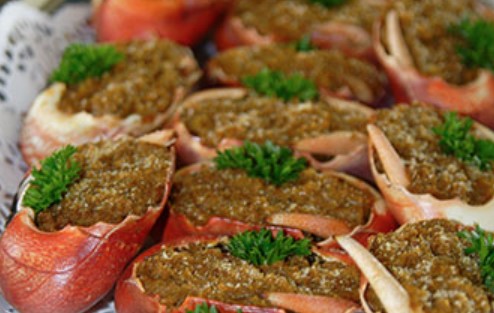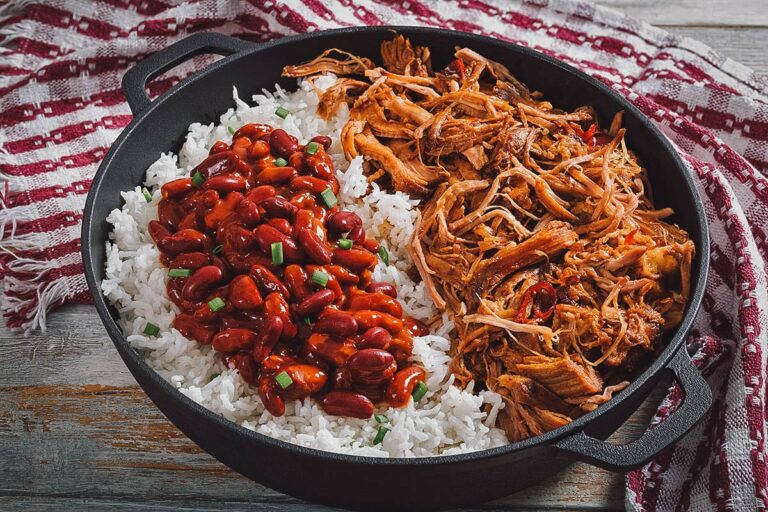Introduction: The Dominican cuisine
Dominican cuisine is a fusion of African, Spanish, and indigenous Taino cultures. It is known for its bold flavors, colorful dishes, and use of fresh ingredients, such as plantains, yucca, beans, and rice. The cuisine is also influenced by the island’s geography, climate, and history, which have shaped its food traditions over time.
Fermented foods in Dominican cuisine
Fermentation is a natural process that has been used for centuries to preserve food and enhance its flavor. Fermented foods are foods that have been exposed to beneficial bacteria or yeast, which break down the natural sugars and starches in the food, creating a tangy, sour, or savory flavor. Fermented foods are popular in many cultures around the world, and the Dominican cuisine is no exception.
The significance of fermentation
Fermentation is not only a way to preserve food, but it also has health benefits. Fermenting foods can increase the bioavailability of nutrients, promote digestive health, and boost the immune system. Fermented foods are also a source of probiotics, which are beneficial bacteria that are essential for overall health and wellbeing.
Fermented foods across cultures
Fermented foods are found in many cuisines around the world, from kimchi in Korea to sauerkraut in Germany. Each culture has its own unique fermented foods, which are often tied to its history, geography, and traditions. Fermented foods are also becoming increasingly popular in Western cultures, as people rediscover their health benefits and delicious flavors.
Traditional fermented foods in the Dominican Republic
In the Dominican Republic, there are several traditional fermented foods, including moro de guandules, a popular rice and pigeon pea dish that is fermented for several days before cooking. Other fermented foods include pickled onions, pickled vegetables, and homemade hot sauce, which are often served as condiments with meals. In addition, the Dominican Republic is known for its fermented beverages, such as mamajuana, a rum-based drink infused with herbs, roots, and honey.
Preparation process of fermented foods
The preparation process of fermented foods varies depending on the type of food. For example, to make moro de guandules, the pigeon peas and rice are soaked in water for several days, allowing the natural fermentation process to take place. Pickled vegetables are made by soaking vegetables in a vinegar and salt solution, while hot sauce is made by fermenting chili peppers, garlic, and vinegar over several weeks.
Health benefits of fermented foods
As previously mentioned, fermented foods have many health benefits. They are a source of probiotics, which can improve digestive health and boost the immune system. Fermented foods are also rich in vitamins, antioxidants, and minerals, which can help reduce inflammation and improve overall health.
Conclusion: The future of fermented foods in Dominican cuisine
Fermented foods are an important part of Dominican cuisine, and their popularity is only likely to increase in the future. As people become more aware of the health benefits and delicious flavors of fermented foods, we can expect to see more traditional and innovative fermented dishes on Dominican menus. Whether it’s a tangy rice dish or a spicy hot sauce, fermented foods are sure to continue to be a favorite in Dominican cuisine for years to come.






